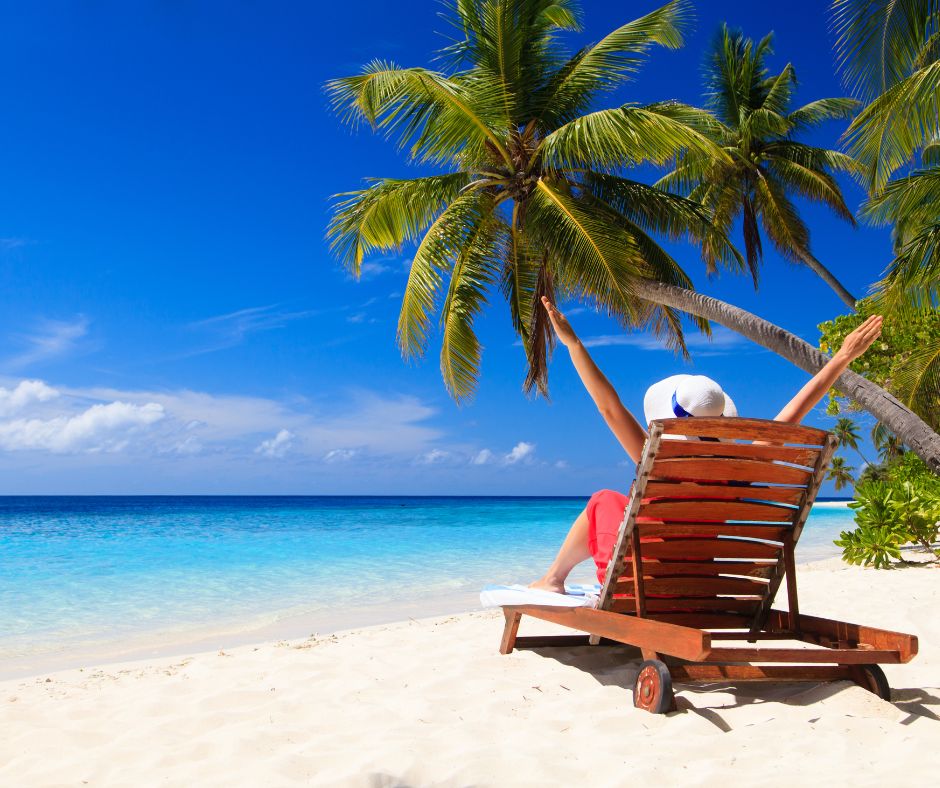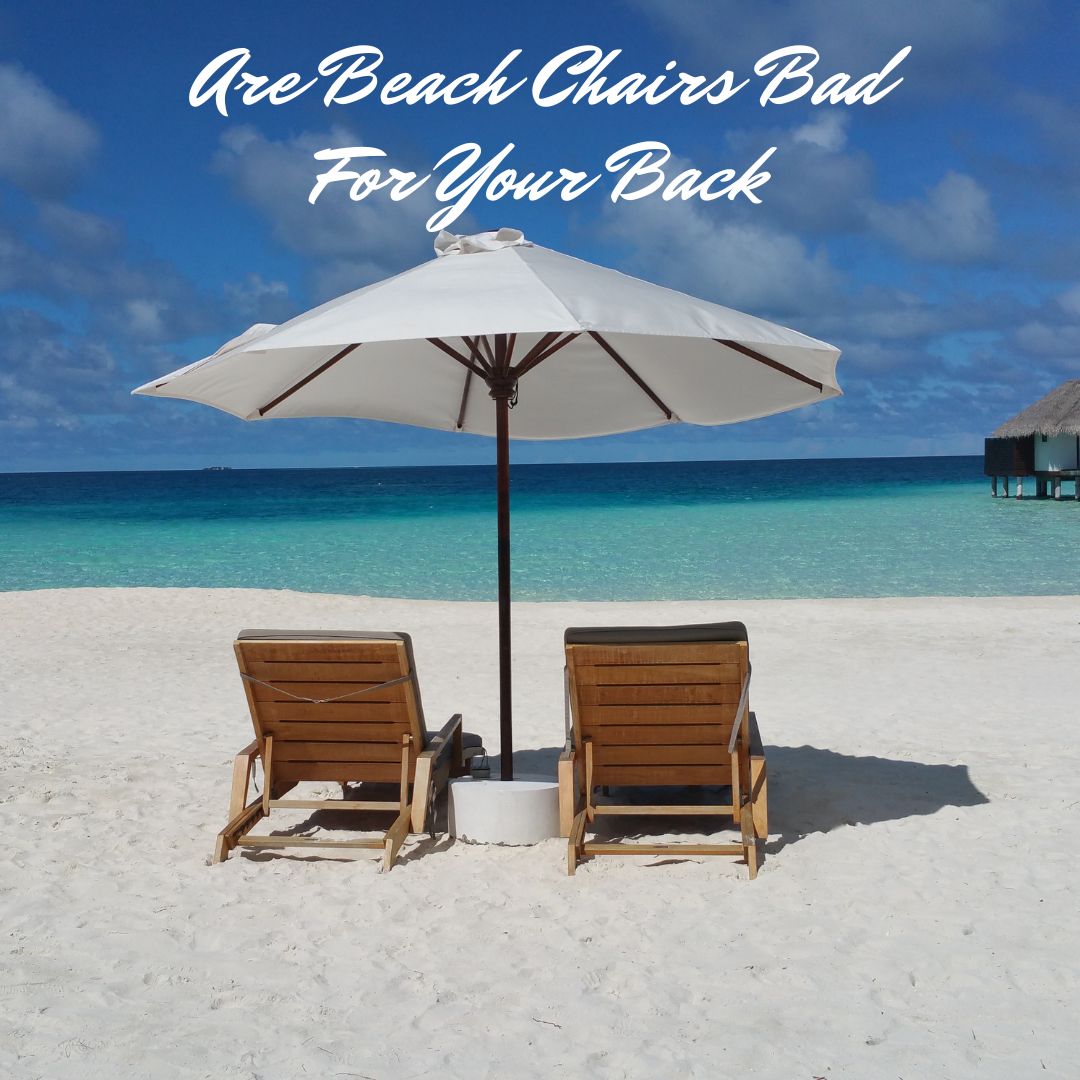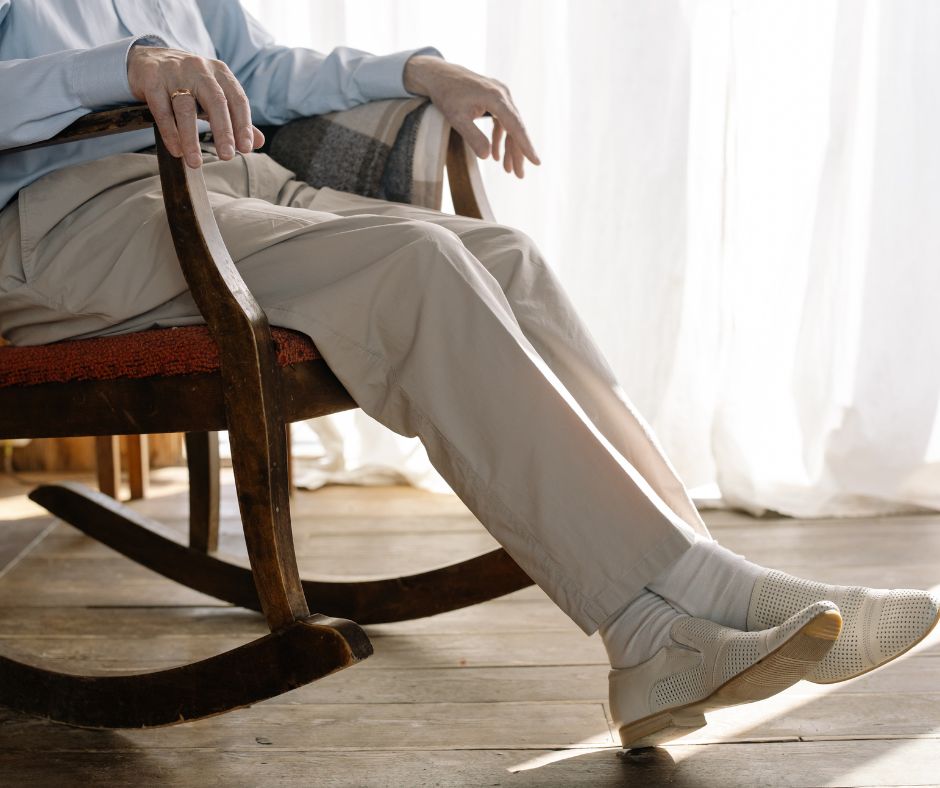What Are Beach Chairs Made Of
What are beach chairs made of? That’s a question I asked myself while sinking slowly into a rusty, sun-bleached excuse of a chair that pinched my thigh and left me questioning every life decision I’ve ever made — including trusting that $9.99 “deluxe comfort lounger” from a suspicious pop-up shop on the boardwalk.
But seriously — this is one of those deceptively simple questions that actually holds the key to your beach day happiness. Because unless your idea of relaxation includes rust, sunburned thighs, or a sagging seat that threatens to swallow you whole, you need to know what your chair is made of before you plant your butt in it.
So, let’s cut to the chase:
What Are Beach Chairs Made Of? (Short Expert Answer)
Beach chairs are made of a combination of lightweight metal or plastic frames (commonly aluminum, steel, or polymer), paired with durable, breathable fabrics like polyester, nylon, canvas, or mesh.
These materials are specifically chosen for their resistance to saltwater corrosion, UV rays, mildew, and sand abrasion — with varying degrees of success depending on quality.
But of course, that’s just the tip of the sunscreen-slathered iceberg. Let’s unpack the entire beach chair from frame to fabric, so you never again sit in regret (or in sand).
What Are Beach Chair Frames Made Of?
Here’s where the magic (or misery) starts. A frame holds the structure — and either gives you that blissful recline… or a bruised tailbone.
Most common frame materials:
- Aluminum: Lightweight, rust-resistant, great for portability.
Pro tip: Look for powder-coated aluminum for even better durability.
- Steel: Stronger but heavier. Rusts easily if not treated properly.
- Wood: Classic, aesthetic, and surprisingly durable when using teak or acacia. But heavier.
- High-Density Plastic (HDPE): Rust-proof, lightweight, and often UV resistant — common in modern foldable styles.
Ever wonder why are beach chairs so low? It’s mostly about stability and relaxation. Low-profile frames reduce tipping risk on uneven sand and keep you grounded — literally and spiritually.
What Are Beach Chair Seats Made Of?
Let’s talk fabric — because nobody wants a chair that feels like a cheese grater after a swim.
Most popular fabric materials:
- Polyester: Tough, water-resistant, and quick-drying. Often coated with acrylic or PVC for added UV resistance.
- Nylon: Stronger than polyester, more elastic — but can degrade faster with UV exposure.
- Canvas: Breathable and durable, but slower to dry.
- Textilene Mesh: Popular for premium chairs. Breathable, fade-resistant, mildew-proof.
If you’re thinking long-term, avoid untreated fabric — they fade, sag, and sometimes smell like wet gym socks. The best beach chair and umbrella sets use UV-protected polyester or mesh with strong stitching to hold up through seasons of sun.
READ ALSO: Are Beach Chairs Bad For Your Back
Are Beach Chairs Waterproof? UV-Resistant? Durable?
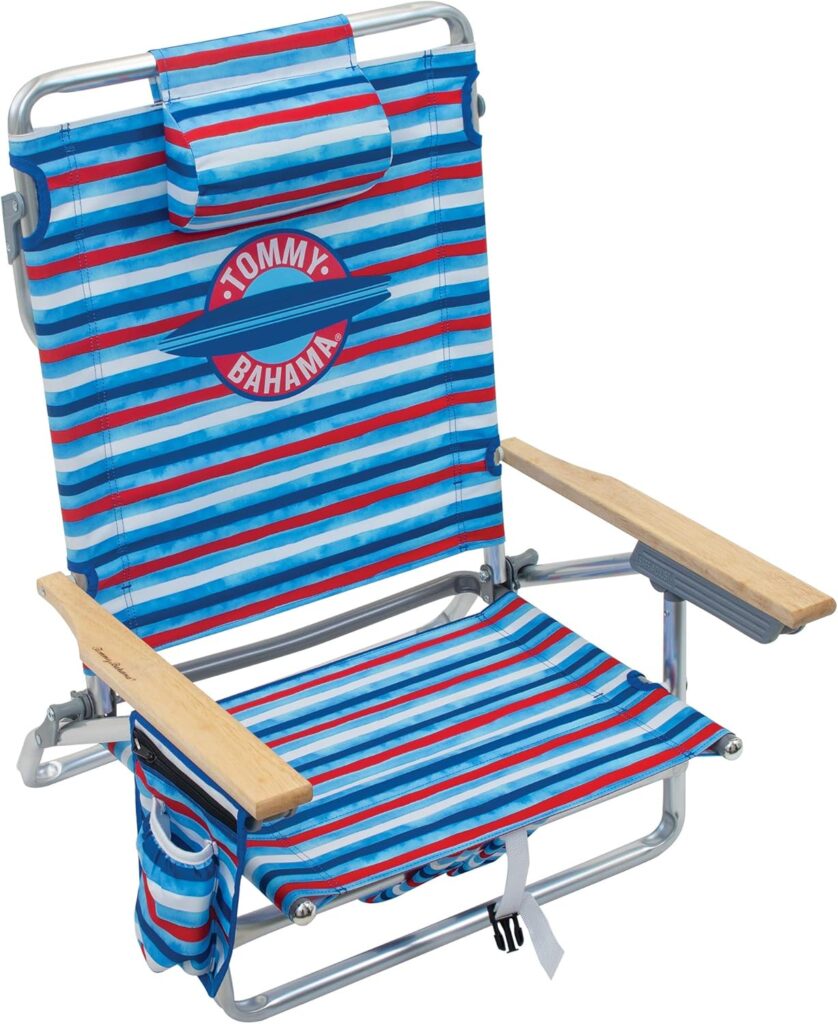
These questions are fair — and essential. The beach is not gentle on your gear.
Key material features to look for:
- Powder-coated metal: Prevents corrosion from salty air.
- UV-treated fabrics: Extend lifespan and resist fading.
- Water-repellent coatings: Like polyurethane or PVC, to avoid mold and mildew.
- Anti-rust hardware: Stainless steel screws or rivets won’t rust out.
Bonus tip: Clips for towels on beach chairs are often made from silicone or UV-resistant plastic — a small but mighty accessory that protects your towels (and dignity) from flying away.
Are Beach Chair Materials Sustainable?
If you’re conscious about your footprint (on the sand and the planet), there are a few options:
- Recycled aluminum frames: Same strength, fewer emissions.
- FSC-certified wood: Teak or eucalyptus responsibly harvested.
- Recycled plastic chairs: Often made from ocean-bound plastic or HDPE milk jugs.
- Fabrics made from recycled bottles (rPET): Same performance, greener path.
Let’s just say the chair you sit on today could’ve been a water bottle at your last Valentine day at the beach.
Lightweight vs. Heavy Duty: Which Materials Are Best for Portability?
This is where what are beach chairs made of really starts to matter.
- Aluminum + mesh = ultralight and backpackable.
- Steel + thick canvas = stable but bulky.
- Plastic frames = great for kids or quick trips.
And don’t underestimate features like built-in straps or backpack-style carry designs — they’re lifesavers for those long walks from car to sand while juggling beach necessities like coolers, boogie boards, and every shell your kid just had to bring home.
What Makes a Good Beach Chair?
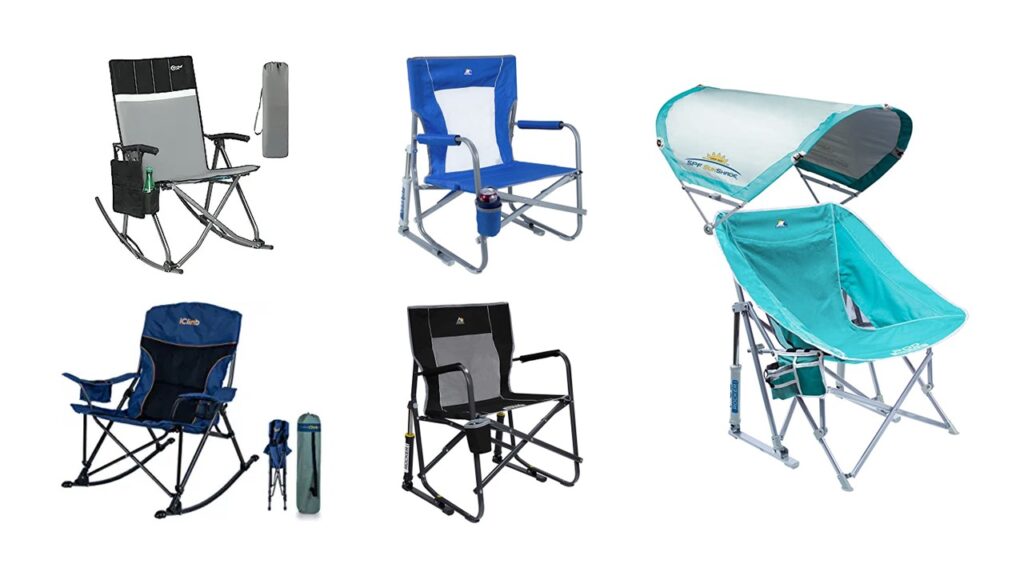
A good beach chair is like a vacation wingman — supportive, reliable, and never makes you regret bringing it along. But what separates a top-tier lounger from a squeaky, leg-pinching nightmare? It’s all in the details, materials, and design.
Here’s what really makes a beach chair good (and worth your sandy love):
1. Rust-Resistant Frame (Think Aluminum, Not Ankle-Breaker Steel)
Salt air is the villain of outdoor gear. The best beach chairs have powder-coated aluminum frames — they’re lightweight, rust-resistant, and easy to carry. Steel may be stronger, but it rusts faster and adds unnecessary weight (unless you enjoy dragging your chair like a stubborn toddler).
2. Comfortable & Breathable Fabric
A good chair should feel like a hug, not a punishment. You want UV-protected, quick-dry fabric like:
- Mesh: Cool and breathable
- Polyester with padding: Soft and fast-drying
- Canvas: Stylish and durable
Bonus points if it doesn’t absorb every drop of ocean spray like a sponge.
3. Adjustable Recline Positions (Because Sunbathing Isn’t One-Size-Fits-All)
Want to sit up and read? Nap in full recline? Catch a sideways tan? A quality chair has at least 3–5 reclining positions — maybe even lay-flat. Your spine will thank you.
4. Built-in Features for Maximum Chill
You’re not just sitting. You’re vibing. Look for:
- Cup holders
- Storage pouches
- Towel bar or clips
- Canopy or shade
- Backpack straps for easy transport
These turn a good chair into a great one.
5. Low to the Ground (Yes, On Purpose)
If you’ve ever asked, why are beach chairs so low, here’s why:
They’re designed for stability in sand, better sun exposure, and the ultimate toes-in-the-surf position. It’s beach lounging logic.
6. Easy to Carry and Fold
A beach chair should fold flatter than a hotel pancake. Bonus if it has:
- Backpack straps
- Built-in handles
- Weighs under 10 lbs
Because after the beach, the last thing you want is a wrestling match with your gear.
7. Durability (Because You Deserve a Chair That Lasts Longer Than a TikTok Trend)
A good beach chair is an investment, not a one-summer fling. Look for:
- Reinforced stitching
- Weight capacity of 250–300 lbs or more
- UV protection
- Anti-rust joints and hinges
8. Stability on Sand
Wide-set legs and anti-sink feet help the chair stay upright even on soft or sloped sand. If it tips with a breeze, it’s a hard pass.
9. Good Looks Don’t Hurt
Style isn’t everything, but hey, if you’re posing for sunset selfies with your cooler and a fizzy drink, it helps if your chair isn’t falling apart or stained.
10. Easy to Clean (Because Beach Crud Happens)
Sand, salt, sunscreen spills, snack crumbs — it’s all part of the experience. The best chairs clean up with just mild soap and water. Bonus if it resists mildew or has removable/washable fabric.
What About Beach Rocking Chairs?
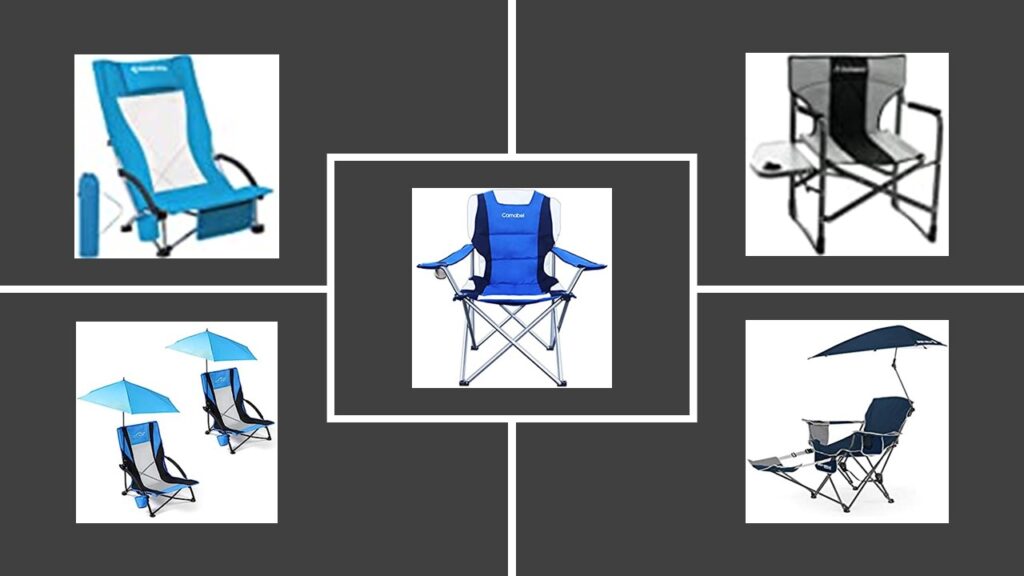
Yes, they exist. Yes, they rock (literally and figuratively).
The best beach rocking chair is typically made of powder-coated aluminum with UV-resistant polyester stretched over a folding rocker frame. They’re designed to perform on uneven sand and are usually more upright and supportive.
Look for those labeled “zero gravity” or “anti-tip” — because nothing kills the vibe like flipping over mid-sunset.
Are These Materials Safe for Skin or Allergies?
If you’ve ever sat down and walked away itchy, the fabric might be the culprit.
- Avoid cheap chairs with synthetic dyes or flame-retardant sprays.
- Look for Oeko-Tex certified or “chemical-free” labels.
- Mesh is best for sensitive skin — it’s breathable and hypoallergenic.
How to Clean Beach Chairs (Without Ruining Them)
Here’s how to clean beach chairs without damaging them:
- Mix warm water and a few drops of mild dish soap.
- Use a soft brush or cloth on fabric.
- For frames, use white vinegar to combat salt buildup or rust spots.
- Let dry in the sun — not in your trunk (unless you love mildew).
Never pressure wash — it breaks down coatings and weakens joints.
Can I Leave My Beach Chair Out All Summer?
Short answer: you can, but don’t blame the chair when it gives up on life.
Even the toughest materials degrade under constant UV and salt exposure. If you’re investing in the best high beach chairs or premium mesh loungers, give them a fighting chance by:
- Storing them indoors or under a covered porch.
- Rinsing after beach trips.
- Using chair covers if left outside.
The Bottom Line on What are Beach Chairs Made of
So, next time someone casually asks “what are beach chairs made of”, you’ll have the confidence of a chair connoisseur. You’ll know whether you want polyester or mesh, aluminum or teak, portable or reclining, eco or ergonomic.
Because at the end of the day, a good beach chair isn’t just a seat — it’s a mood, a vibe, and a sun-soaked throne that can make or break your day.
Whether you’re planning a lazy lounge or gearing up for some water sports, knowing your materials means choosing comfort, durability, and peace of mind.
So go on — shop smarter, sit taller (or lower, if that’s your jam), and never again ask what is a beach chair without truly appreciating what it’s made of.

